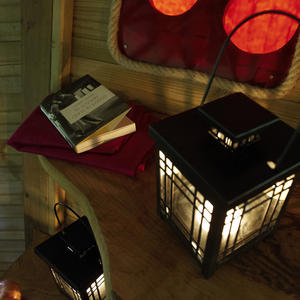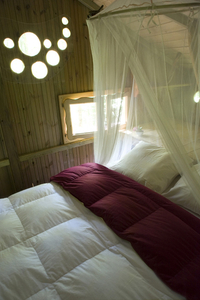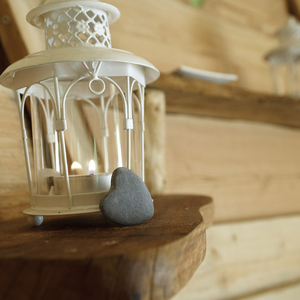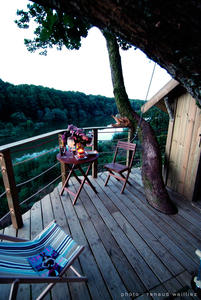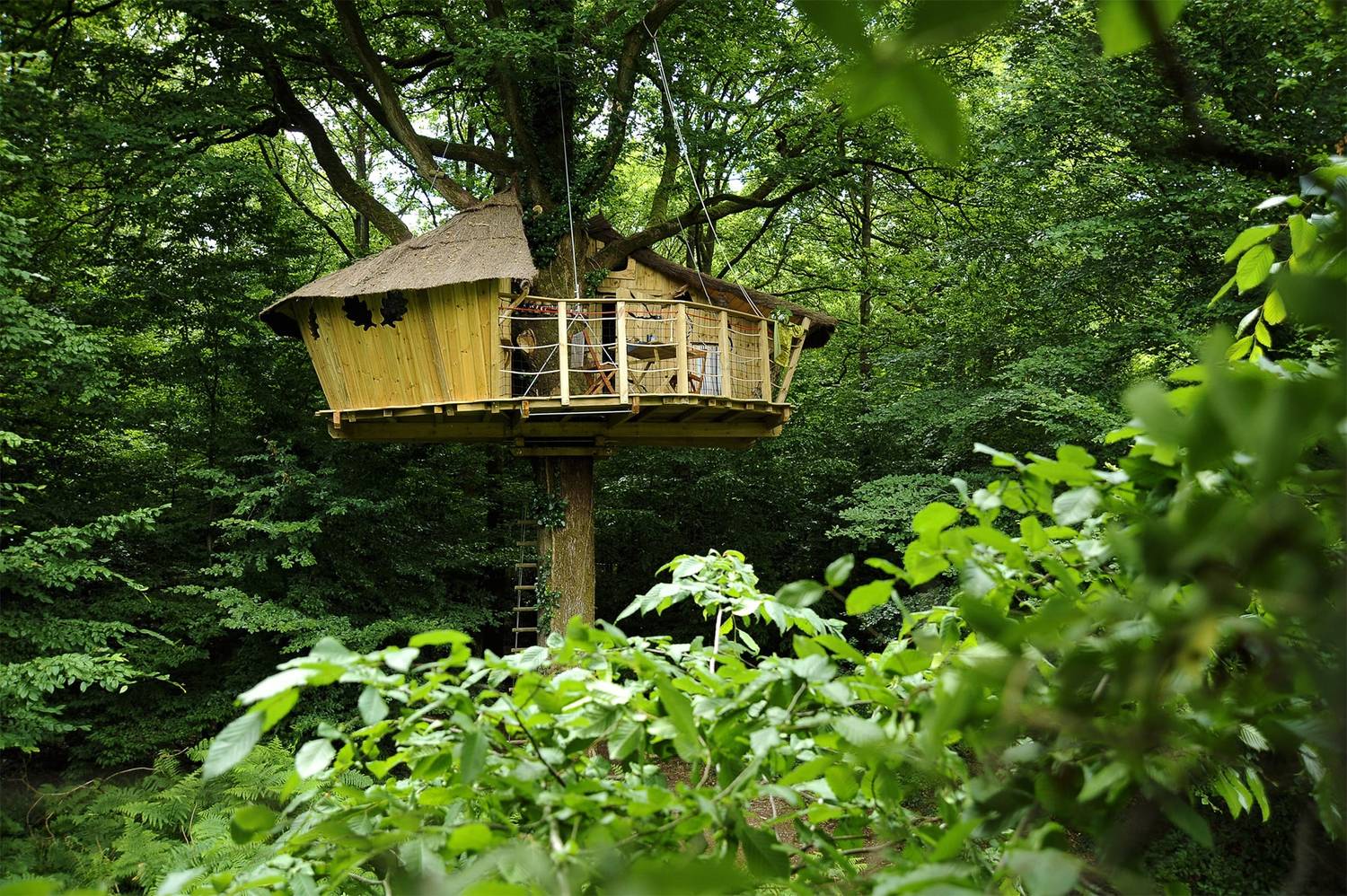
History of the Estate
Bois Landry
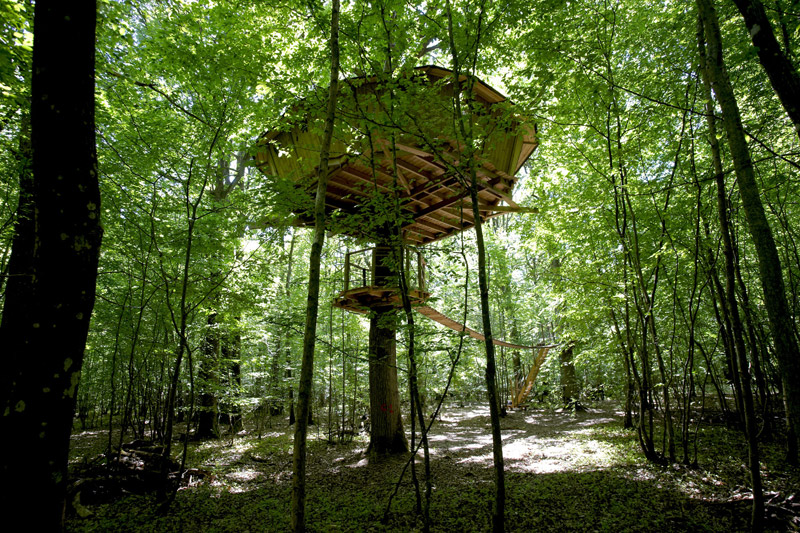
A family history that started at the beginning of the last century...
A forest at the gates of the Perche managed with due diligence, located in the Department of the Eure et Loir (28), at the gates of the Perche at one hour and a half south-west of Paris, the Estate of Bois Landry is a private forest Estate, not enclosed by plains, extending on 1210 hectares in total, including 1160 ha of wooded areas
Its twofold purpose is the production of lumber and the keeping of a hunting activity centered on roe deer, and this without artificial supply of nourishment (grain or fodder).
This forest massif is characterized by its particular geographical location between the Beauce and the Perche. The easter part of it being on the plateau beauceron while its western part precedes the Perche. This area is thus often called « Faux-Perche » (fake Perche).
The Estate of Bois Landry belongs to the family Monthuir-Daubeck since the last century (July 1937).
Mr Eugène Daubeck, a manufacturer of the timber industry at the time, producer of railway sleepers, had become over the years, an important forest owner of the Great West of France, in order to build up his stock of wood,. The Estate of Bois Landry was one of his main properties.
In memory of the latter and of his companion Fernande Clémentine Brière-Daubeck, a grouping of rural land tenure bearing his name was founded on January 1rst 2000. This latter entity is the owner of the Estate of Bois Landry. His daughter José Monthuir and one of his grandsons Bertrand are managers and associates of this grouping, responsible for the sustainable exploitation of the Estate, by applying a management plan with silvicultural and hunting dimensions.
Following the storm of 1999-2000, Bertrand Monthuir also decided to create a commercial enterprise called Forestis (meaning forest in vulgar Latin), which has to welcome to the Estate all audiences due to the diversity of its activities. Hunters in the first place, but also and especially urban dwellers in lack of nature and of preserved areas.
The Estate is known as the "roe deer territory" of the Eure and Loir. Its configuration, with its many border effects, 1200 ha in the middle of agricultural land, does indeed offer to the roe deer species (Capreolus capreolus) a preferred territory for them to live and breed. The Estate's favorite species is managed and hunted since 2005, within a research program, in collaboration with the National Institute of Agronomic Research antenna of Toulouse (CEFS) and with the Federation of Hunters of the Eure et Loir (FDC 28). This program has helped to validate on an "operational hunting territory" the conditions of use and monitoring of indices of ecological change (ICE) on the roe deer species, in order to achieve the agricultural-sylvicultural-hunting equilibrium.






